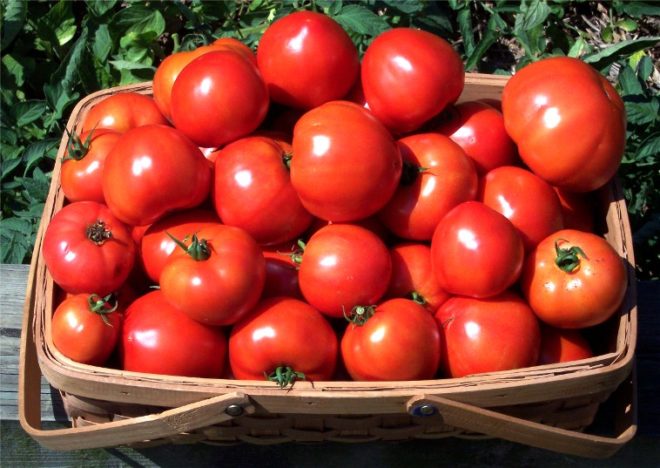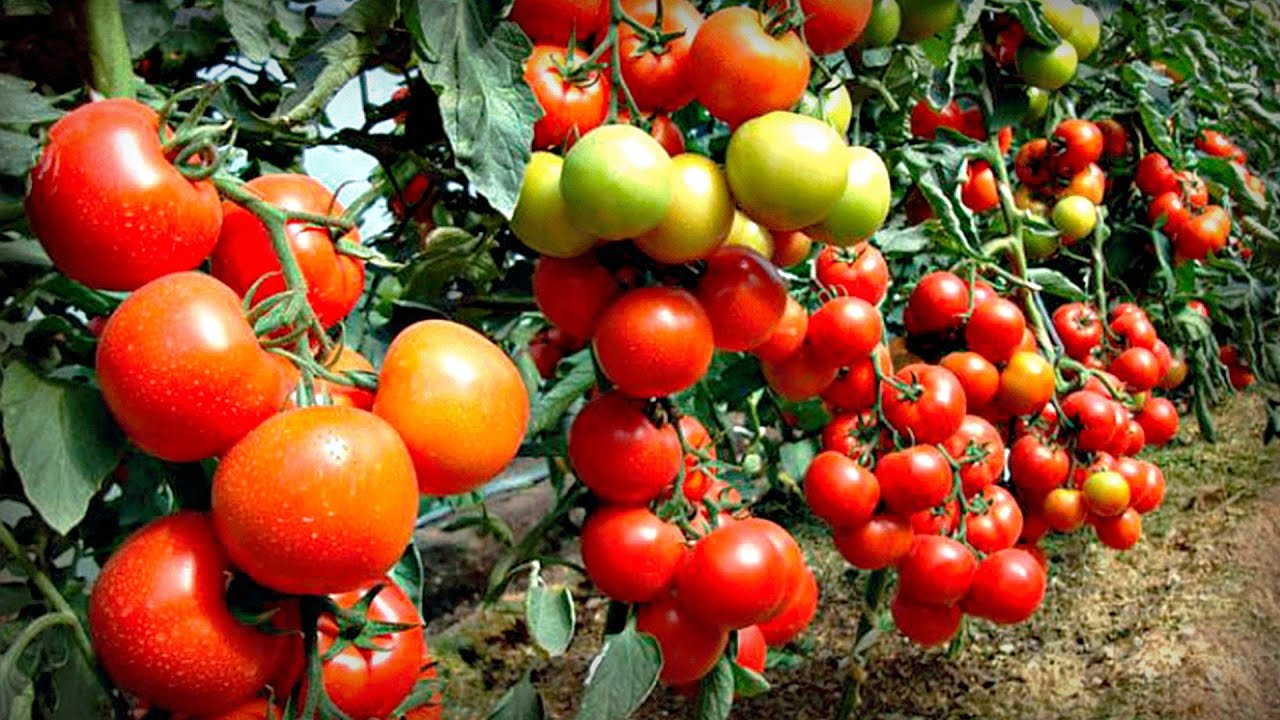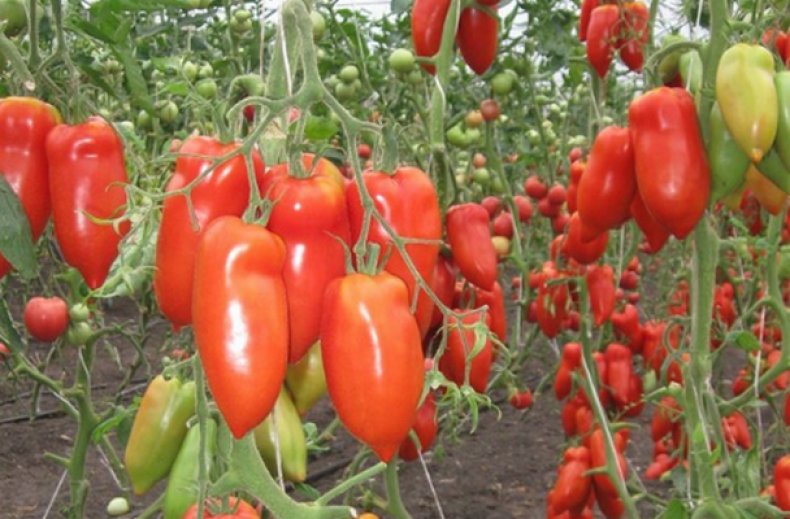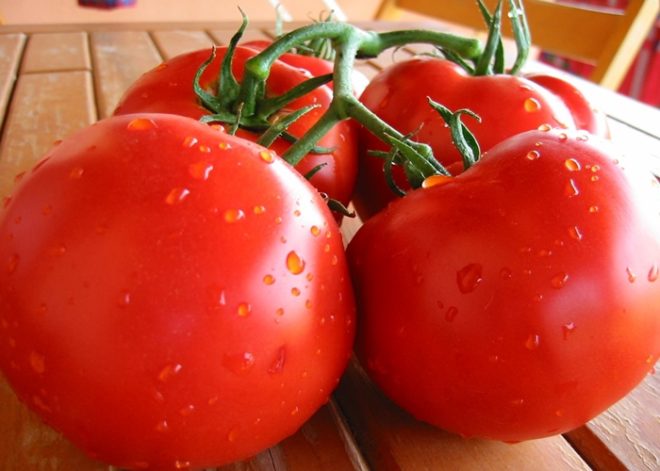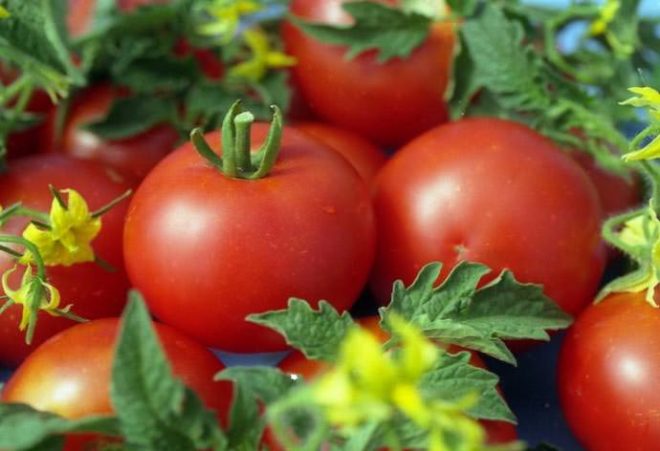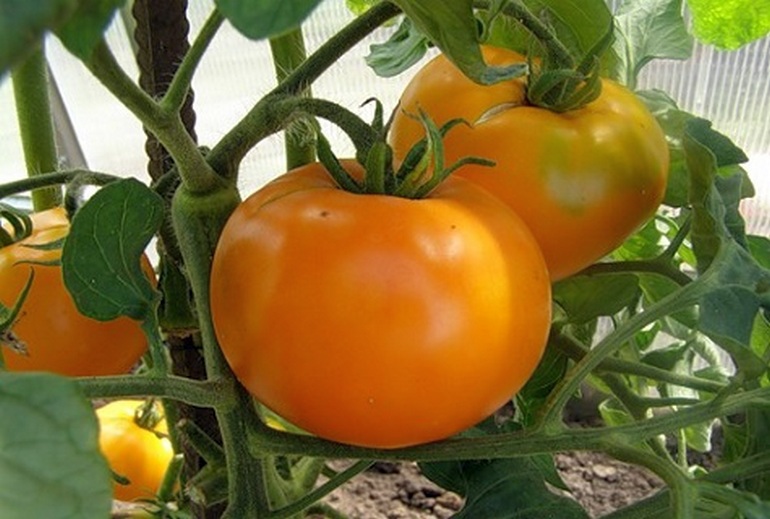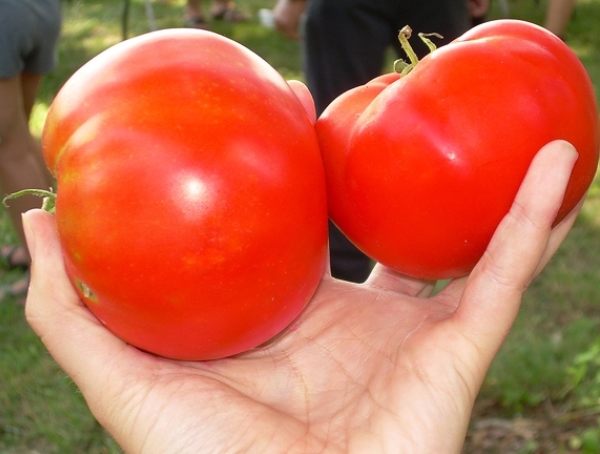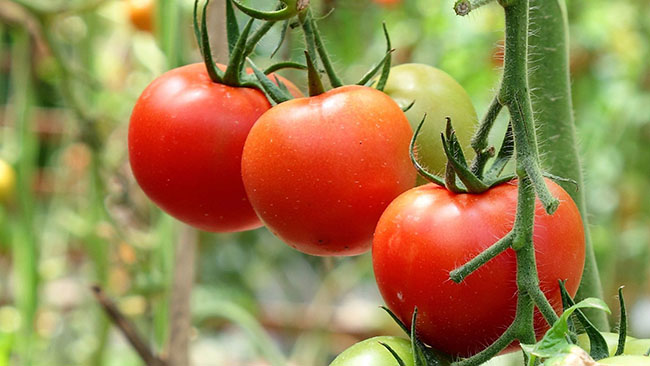Content:
Tomatoes of early varieties are in great demand among modern summer residents and gardeners. One of the most popular varieties is the tomato Irina. The cultivation of this tomato variety takes place without great difficulties, and the resulting crop is versatile in use. Irina tomatoes are delicious raw, they also perfectly tolerate heat treatment and conservation.
A bit of history
Tomatoes of this variety belong to the determinant varieties of the first generation of hybrids. The breeders wanted to realize in them the qualitative characteristics of this culture and make the variety as resistant to diseases and pests as possible. And they did it well. It is possible to grow this variety with equal success practically throughout the entire territory of the Russian Federation. Moreover, the culture can be grown both in open ground and in greenhouse conditions. The variety was registered in the State Register in 2001.
General characteristics of the variety
Tomato variety Irina F1 refers to early ripening tomato varieties with determinant characteristics. The harvest can be obtained within three months after sowing the seeds. An attractive feature of these tomatoes is the ability to set fruits even at relatively low temperatures, which allows for a good harvest in the open field.
The bushes of this culture are powerful of medium height (from 50 to 100 cm). Since the bush is determinant, it does not require plucking. Simple type brushes, dark green leaves. There is a high yield - from one bush to 9 kg. In the first weeks of fruiting, with proper care, it turns out to collect about 5 kg. When growing a hybrid Irina in greenhouse conditions, the fruits grow larger, when grown in open ground, the tomatoes are smaller. Irina's ripe tomatoes are also not prone to cracking.
Many people prefer the hybrid Irina because it is an early ripe variety that, after the appearance of the first mass harvest, still pleases with red fruits for a long time. Moreover, the use is universal, so many agricultural enterprises choose such a variety for growing. Many people happily eat fresh Irina tomatoes, but also use them for whole-fruit canning, making salads, adjik, tomato sauce.
Fruit characteristics
Irina tomatoes differ in the same size, weighing up to 120 grams. The shape is slightly flattened and rounded, but not ribbed. The diameter of the tomatoes is about 6 cm on average. The inside of the tomato is soft, fleshy, very juicy. When ripe, the color of the fruit is dark red, the variety is distinguished by a thin skin, which is distinguished by its density, which ensures good transport performance.
Users note the traditional "tomato" flavor. Each tomato has 4 or more chambers with a small amount of seeds, but they are not needed, since it is impossible to use the seeds of varietal hybrids of our own cultivation for sowing next year. In general, it is worth remembering that seeds derived from hybrid fruits are not used for planting. Such tomatoes will surely rise, but the shape, taste and volume of the harvest are unpredictable.
Growing features
The principles of growing the Irina hybrid do not fundamentally differ from the characteristics of all tomatoes with determinant signs. But getting a rich harvest will not work if you do not take into account the rules for caring for hybrids of the determinant type. This tomato variety is perfect for owners of areas with a temperate unstable climate.
Among the main features it should be noted:
- Sowing of seeds is carried out 55-60 days before the intended transfer to a permanent place. They begin to sow seeds in late March - early April, at a distance of 2-3 cm from each other;
- Before planting, the seeds are treated with a weak solution of potassium permanganate, and the soil is disinfected and calcined;
- Watering the plant should be done very carefully so that no water gets on the leaves. It is also worth remembering that watering with cold water will harm the growth of the culture;
- The picking of seedlings is performed when two true leaves are formed;
- Density of placement of tomato bushes - no more than 4 plants per square meter;
- Plant the seedlings in a permanent place when the plant has at least 6 leaves;
- Before planting in open ground, it is recommended to harden the seedlings a week before;
- To provide the bushes with the required amount of moisture and oxygen, it is recommended to loosen the soil and mulch with the removal of weeds every 10 days;
- Also, once every two weeks, plantings should be fertilized. For such purposes, organic or mineral compounds, iodine, hydrogen peroxide, yeast, boric acid, ash and others are used in turn;
- When fruits appear, it is recommended to fertilize with phosphorus fertilizers.
Bush formation
In their homeland in Mexico, tomatoes produce a great harvest without outside interference. But in the harsh Russian climate, additional formation of the bush is required - pinching in order for the crop to ripen. Tomatoes simply do not have enough strength for a large number of fruits and branches with such an amount of light and heat. Therefore, gardeners have learned to grow tomatoes for a long time to artificially reduce the potential yield.
The formation of dense tops greatly darkens the plant, which leads to a long ripening of tomatoes and the development of various diseases.
When forming tomatoes of this variety, only one or two trunks are left on the bush. For this, the main stem and the most developed stepson are left. All other stepchildren (branches that appear in the leaf axils) are removed. And the stepchildren grow very quickly. It is important to constantly pinch (after 10-14 days).
Diseases and pests
Description and characteristics of the tomato variety Irina f1 will not be complete without a list of diseases and pests. In general, tomatoes of this variety are distinguished by high rates of disease resistance. But in dry weather with high temperatures, the Irina F1 tomato is prone to rotting. When choosing any sort of tomato, it is important to remember that there is always a chance of meeting any tomato disease. It is best to carry out preventive measures to strengthen immunity and resistance.
When growing tomatoes in the open field, you can meet with intruders who can easily harm the bushes and the crop as a whole:
- spider mite;
- aphid;
- Colorado beetle;
- slugs.
When the first pests appear, it is important to treat the plantings with insecticides in a timely manner so as not to lose the crop. For the prevention of the Colorado potato beetle, you can use preventive treatments with formulations such as Apache, Aktara, Lightning and Regent.
Advantages and disadvantages
Like any agricultural crop, Irina (tomato variety) F1 has its own advantages and disadvantages. Among the most striking advantages are:
- large fruits of a beautiful shape;
- high yield rates;
- the same fruit sizes;
- easily transported and stored;
- pleasant tomato taste;
- good immunity to many diseases of tomatoes;
- fruits set perfectly at low temperatures;
- versatility of use.
As a disadvantage, it should be noted the impossibility of using the collected seeds for planting, as well as the demand for tomato care. This variety was bred taking into account the northern Russian climate, therefore, in extreme heat, rot can attack the tomato planting.
As can be seen from the description of the tomato hybrid Irina, this variety of tomato is a very fruitful and productive crop. Due to its excellent presentation, the variety is often used in industrial production.
